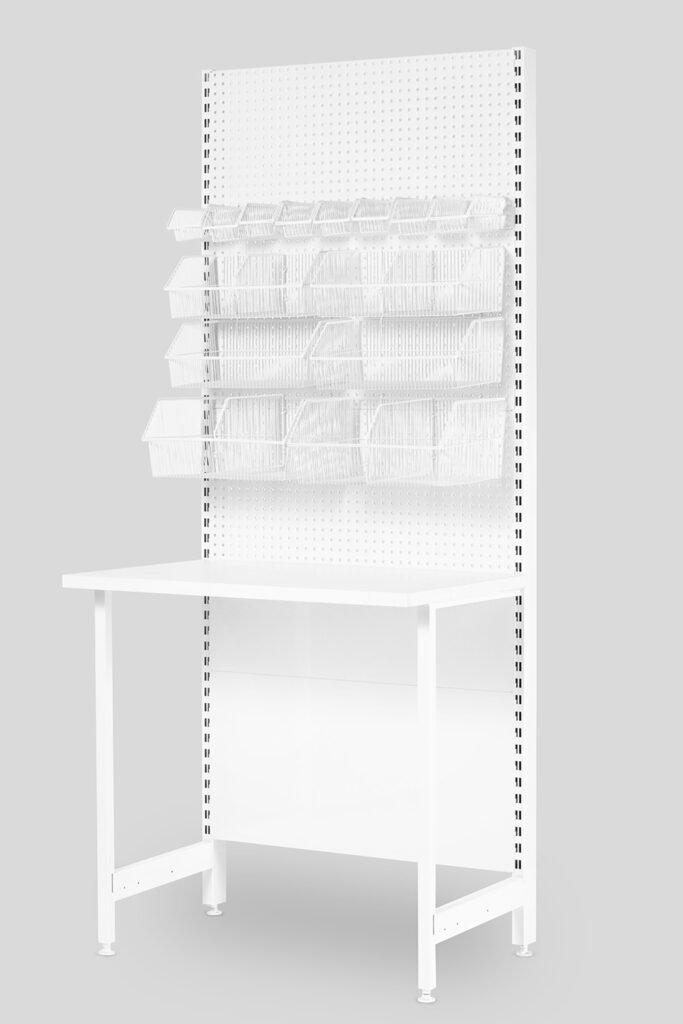Sitting Work Station – Maximize Comfort & Productivity!
Sitting Work Station
Basic Information
Modern workplaces demand efficiency, comfort, and adaptability. Whether you're working from home or in a corporate setting, a sitting work station plays a crucial role in ensuring productivity and well-being. However, not all workstations are designed equally, and understanding the essentials can make all the difference.
The Importance of an Ergonomic Sitting Work Station
A well-designed sitting work station contributes to better posture, reduced strain, and enhanced focus. When paired with healthcare storage systems, it offers an organized and efficient setup, particularly in medical and office environments where accessibility and space optimization are key.
Key Benefits of a Proper Sitting Work Station
- Ergonomic Support: Reduces strain on the neck, back, and wrists, minimizing long-term health risks.
- Increased Productivity: A comfortable setup allows for sustained focus and efficiency.
- Better Organization: Pairing with healthcare storage systems ensures a clutter-free workspace.
- Reduced Fatigue: Proper alignment helps prevent exhaustion and discomfort throughout the day.
- Improved Workflow: An optimized setup ensures smooth work transitions and accessibility to essential items.
Elements of a Functional Sitting Work Station
To make the most out of your workspace, consider the following essential components:
1. Adjustable Chair & Desk
A good chair should offer lumbar support, height adjustment, and cushioning. Similarly, a desk that complements your chair ensures proper posture and comfort.
2. Monitor Placement
Your screen should be at eye level to reduce neck strain. Position it about 20 inches away and adjust brightness settings to avoid eye fatigue.
3. Keyboard & Mouse Positioning
The keyboard should be at a comfortable height, allowing wrists to remain in a neutral position. An ergonomic mouse can further enhance comfort and precision.
4. Efficient Storage Solutions
In healthcare, corporate, and home office environments, healthcare storage systems help keep essential supplies within reach, preventing clutter and improving organization.
5. Proper Lighting
Natural light is ideal, but if unavailable, opt for adjustable LED lighting that reduces glare and enhances focus.
Real Experiences: What Users Say
"Since upgrading to an ergonomic sitting work station, I no longer experience back pain. The added storage solutions have also made my workspace much more organized." - Sarah, Medical Administrator
"I underestimated the impact of a proper workstation. My productivity has significantly improved, and I no longer feel exhausted by midday."
- James, Remote Worker
FAQs on Sitting Work Stations
1. Why is an ergonomic sitting work station important?
A well-designed workstation prevents musculoskeletal problems, enhances productivity, and improves overall work satisfaction.
2. How do healthcare storage systems complement a work station?
These storage solutions provide a clutter-free environment, ensuring quick access to essential items, particularly in medical and corporate settings.
3. Can a good workstation reduce workplace fatigue?
Yes! Proper ergonomics help maintain posture, reduce strain, and improve energy levels throughout the day.
4. What’s the best way to set up a workstation in a small space?
Utilize vertical storage, compact desks, and ergonomic furniture to maximize efficiency without compromising comfort.
5. How often should I take breaks while working?
Experts recommend the 20-20-20 rule: every 20 minutes, take a 20-second break and look at something 20 feet away to reduce eye strain.
Conclusion
Investing in a well-designed sitting work station is essential for comfort, health, and productivity. Whether setting up at home, in an office, or in a medical environment, combining ergonomic principles with healthcare storage systems ensures an optimized workspace. By prioritizing posture, organization, and efficiency, you can create a work environment that promotes well-being and peak performance.



